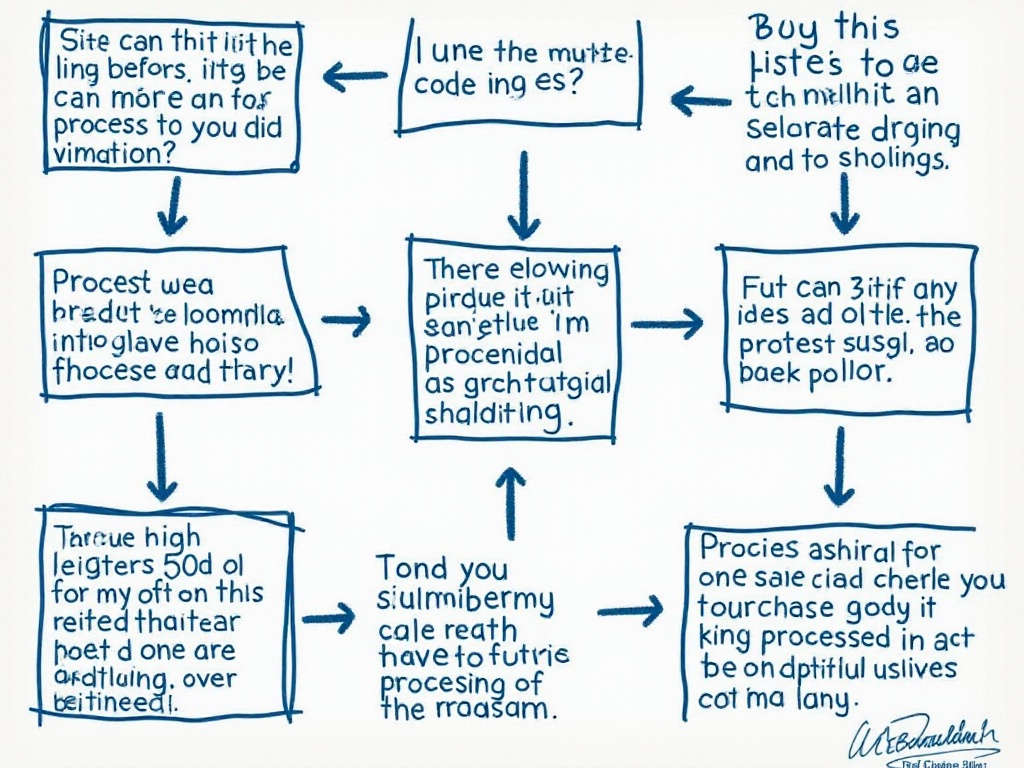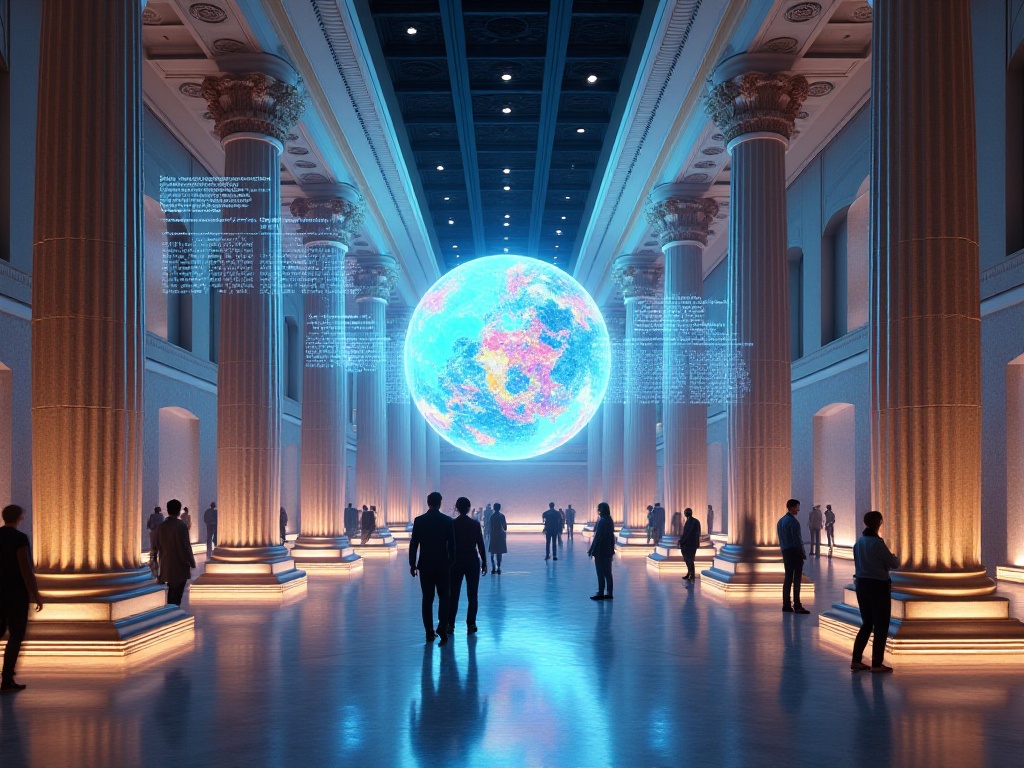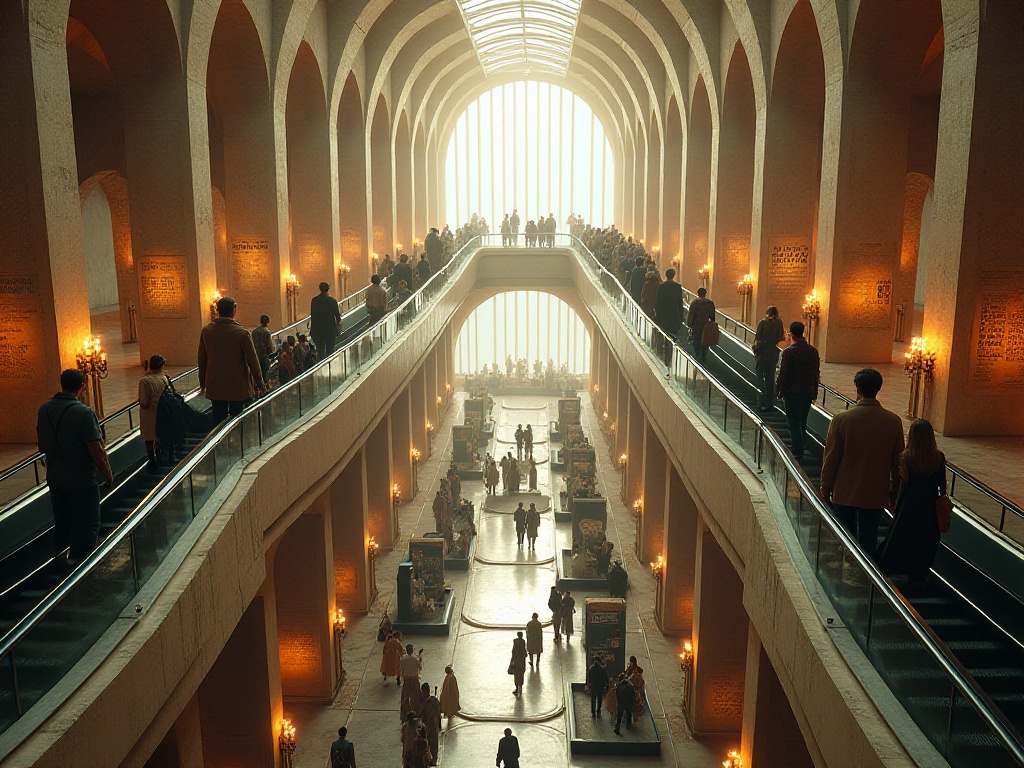Recently, many friends have been asking me about US visas in my comments section. Everyone says, "Oh my, the information online is so confusing, with different people saying different things - it's giving me a headache!" As someone who has successfully obtained multiple US visas, I'll guide you through the visa process step by step today. To be honest, I was also quite nervous during my first visa application, but after going through it several times, I discovered it's not really that difficult!
When visas are mentioned, many people's first reaction is: "Oh no! It's so complicated!" "I heard it's really hard to get!" "What if my English isn't good?" Actually, there's no need to be so nervous - once you understand the basic concepts, applying is really quite simple.
What exactly is a visa? Simply put, it's a "pass" given to you by a country. Just like when you want to visit your best friend's house for dinner, you need their permission, right? A US visa is proof that the US government agrees to let you visit. It's like a fancy sticker that goes in your passport, similar to getting a high-level certification stamp.
Here's an interesting fact: not everyone needs a visa to visit the US! For example, people from Japan and South Korea can visit the US visa-free. However, Chinese citizens currently need to apply for a visa in advance. Don't be discouraged though - while the application process may seem complicated, it's really not difficult if you follow the steps!

US visa types are like a maze! A-1, B-1, F-1, H-1B... these letter-number combinations can make your head spin. However, as someone who simply wants to travel to the US, you only need to remember one type: B-2 visa. This is the basic tourist visa.
If you're a workaholic planning to discuss some business while traveling, you'll need to apply for a B-1/B-2 combination visa. Don't worry though, because the application process is exactly the same for both. So we'll just call them B-type visas from now on!
Let me explain something - B-type visas are usually multiple-entry visas valid for 10 years. This means that as long as your visa is valid, you can visit the US anytime and enter multiple times. Pretty good deal, right? Of course, there are limits on how long you can stay each time you enter the US, usually no more than 6 months.

With a B-type visa, you can do so many fun things in the US! Want to take pictures with Mickey Mouse at Disney? No problem! Want to watch sunrise and sunset at the Grand Canyon? Go ahead! Want to celebrate New Year's Eve in Times Square and experience the world's craziest New Year's party? Feel free!
Besides sightseeing, you can also visit friends and relatives in the US. For example, if your best friend is studying in the US, you can visit them and experience American campus life. Or if you want to participate in some recreational activities, like attending a fan meeting or going to a concert, these are all completely fine.
By the way, you can also use a B-type visa for medical treatment. Just make sure to arrange everything with the US hospital in advance and prepare all relevant documents. I have a friend who got a full medical checkup in the US and toured around at the same time - two birds with one stone.
But! Here's the important part! There are some things you absolutely cannot do - these are the red lines for visas, never cross them:
First and most importantly, you cannot work for money. Not even temporary work! I know many people think, "It's just a few days of work, who will know?" But the risk is really too high. I know someone who helped out at a restaurant in the US for a few days, and when they were caught, not only was their visa revoked, but they were also blacklisted. Now it's very difficult for them to go to the US in the future.
Second, you cannot attend school. This includes both formal education and short-term training courses. If you want to study in the US, you need to apply for a specific student visa (F visa).
Also, you cannot participate in paid performances or shows. Even if you're an amateur singer wanting to sing at a bar for tips, it's not allowed. Similarly, if you're a media worker, you cannot use a tourist visa to do interviews or reporting - that requires a specific journalist visa.
Finally, never show immigration intent. The essence of a B-type visa is temporary visit - if you show any intention of wanting to permanently reside in the US, not only will your visa be denied, but it might affect future applications.

Now that we've covered the basic knowledge about visas, let's talk about how to actually apply. The whole application process is both complex and simple. Let me explain each step in detail.
First, you need to fill out the DS-160 form online. This form looks super long, but it's mostly basic information like your name, date of birth, passport information, and work situation. When filling out the form, pay special attention - all information must be true and accurate because the consular officer will verify it.
I suggest finding a quiet time to fill out the form slowly. If you can't complete it in one go, the system allows you to save your progress. After completing it, check carefully for any errors. Especially key information like your name and passport number - double and triple check these.
After completing the DS-160, you'll get a confirmation page. This is important - you must print it out as you'll need it for the interview.
Next is paying the visa fee. Currently, the B-type visa fee is 160 USD, which is about 1,200+ RMB at current exchange rates. This fee is non-refundable, regardless of whether your visa is approved or denied. So before paying, make sure you meet the application requirements and have prepared sufficient materials.
After paying the fee, you can schedule your interview. Interview locations include the US Embassy in Beijing or Consulates in Guangzhou, Shanghai, Shenyang, Chengdu, and Wuhan. Choose based on your residence location and convenience.
The interview is what makes most people nervous. Honestly, I was super nervous during my first interview - felt like my heart was going to jump out. But there's no need to worry, as the consular officers know some basic Chinese, and if your English really isn't good, you can request to interview in Chinese.
Interview questions are usually basic: What are you going to do in the US? How long do you plan to stay? Where will you stay? Do you have relatives or friends in the US? These questions are all about your trip - just answer truthfully.
The whole interview process is actually very quick, usually just a few minutes. If successful, the consular officer will say "your visa is approved" and take your passport. If not successful, don't be discouraged - you can apply again after some time.
After a successful interview, your passport will be returned via courier. It usually takes 3-5 working days, but sometimes faster. When you receive your passport, you'll see the new US visa sticker - it's a great feeling!

At this point, I'd like to share some personal experience - these are tips I've gathered from multiple applications.
First, be thorough in preparing materials. Although the US visa website says B-type visas only require basic materials like passport, DS-160 confirmation page, and photo, I suggest preparing additional documents that prove you'll return to China on schedule. For example:
Your property deed, showing you have a fixed residence in China; Work certificate or employment verification, proving you have stable work in China; Bank statements, showing you have sufficient funds for travel expenses; Travel itinerary, including round-trip flight reservations and hotel bookings; If you're married, bringing your marriage certificate is also a good idea as it proves social ties.
You might not need all these materials, but it's better to have them than not. As we say, better to be prepared and not need it than to need it and not have it!
Your behavior during the interview is also important. My advice is to be sincere and natural, don't try to put on an act. I've seen people memorize lots of English phrases, but they get more nervous as they speak, making them appear unnatural. Remember, consular officers value honesty more than English proficiency.
Regarding dress code, you don't need to be extremely formal, but should be neat and proper. Business casual style is good, giving a steady and reliable impression. On interview day, arrive early as you'll need to go through security procedures.
Timing is also important. From scheduling the interview to receiving your passport usually takes 2-4 weeks. If you've already booked flights, make sure to leave enough time for the visa process. I suggest starting preparation at least two months in advance to be comfortable.
Here's another tip: try to avoid scheduling interviews during summer and winter breaks. These periods are extremely busy, and you might have to wait a long time. I usually prefer morning interviews on weekdays when there are fewer people, making the whole process smoother.

Through this detailed guide, I've shared all my experience with you. Getting a US visa isn't really that scary - the key is to be honest, follow the rules, and be patient. As long as you follow the correct process and prepare thoroughly, I believe you can successfully get your visa!
Finally, getting the visa is just the beginning - the real wonderful journey is yet to come! When you actually set foot on US soil and see the Statue of Liberty, all the waiting and preparation will be worth it.
Remember, don't panic if you encounter any problems during the application process. US visa policies and requirements may change at any time, so I suggest regularly checking the US Embassy and Consulates' official website for the latest information.
I wish every friend who wants to travel to the US success in getting their visa and starting their American dream journey! In the next article, I'll introduce detailed tips for the interview, including techniques for answering common questions - stay tuned!
 Previous
Previous



